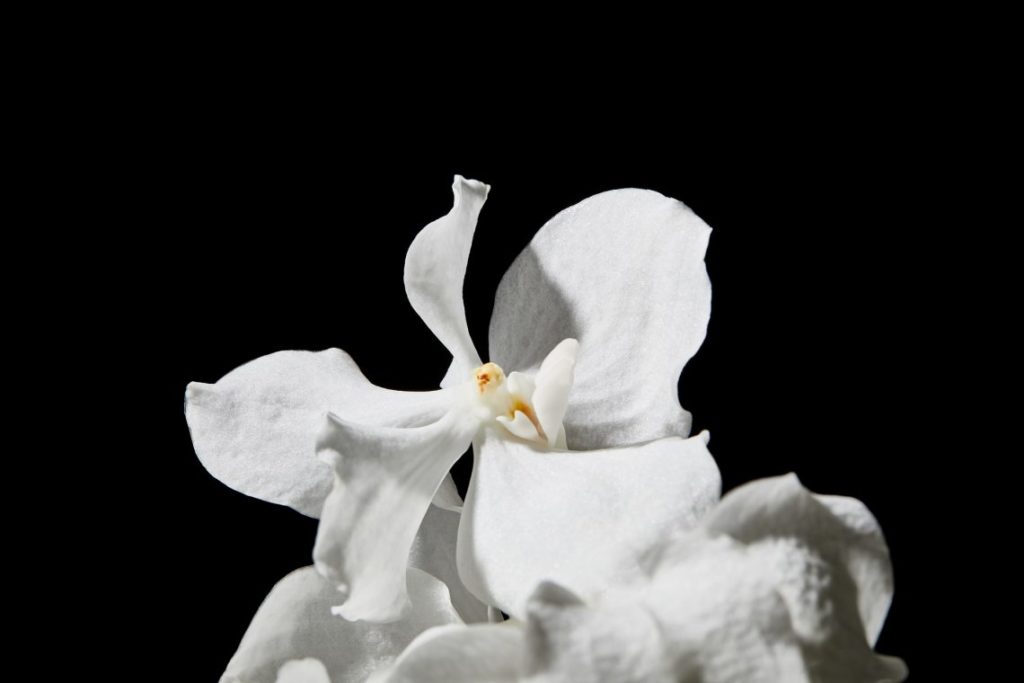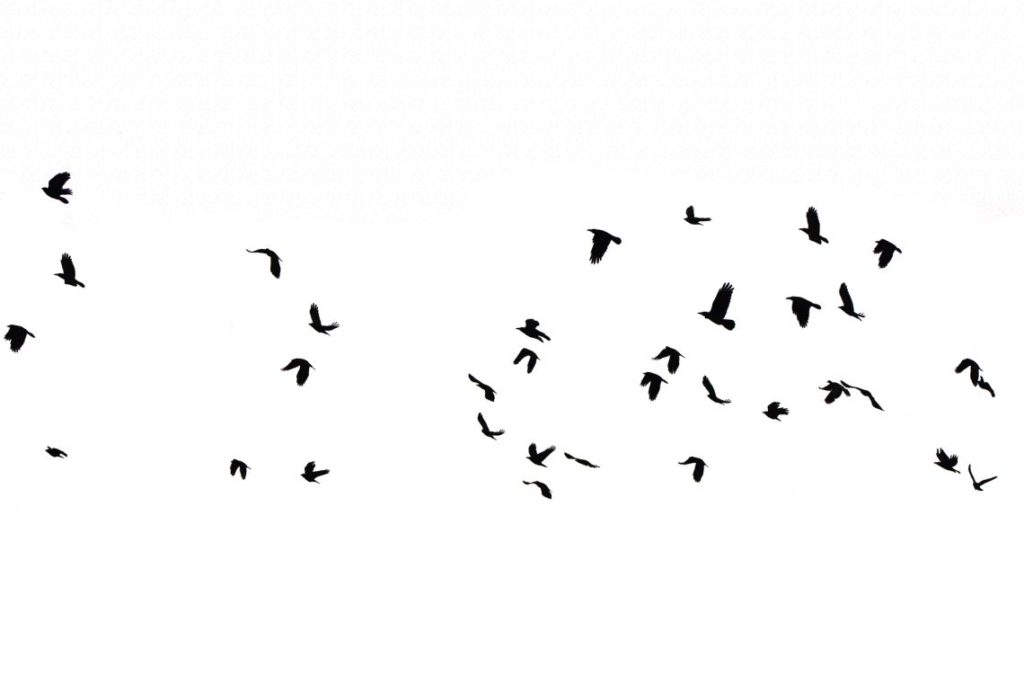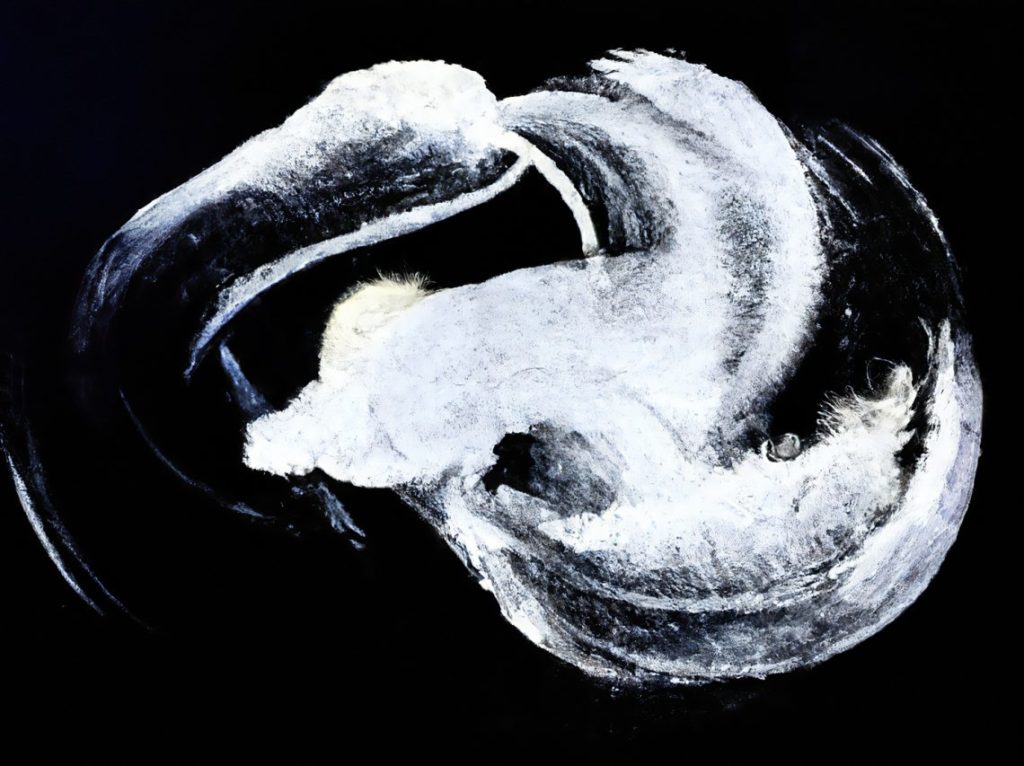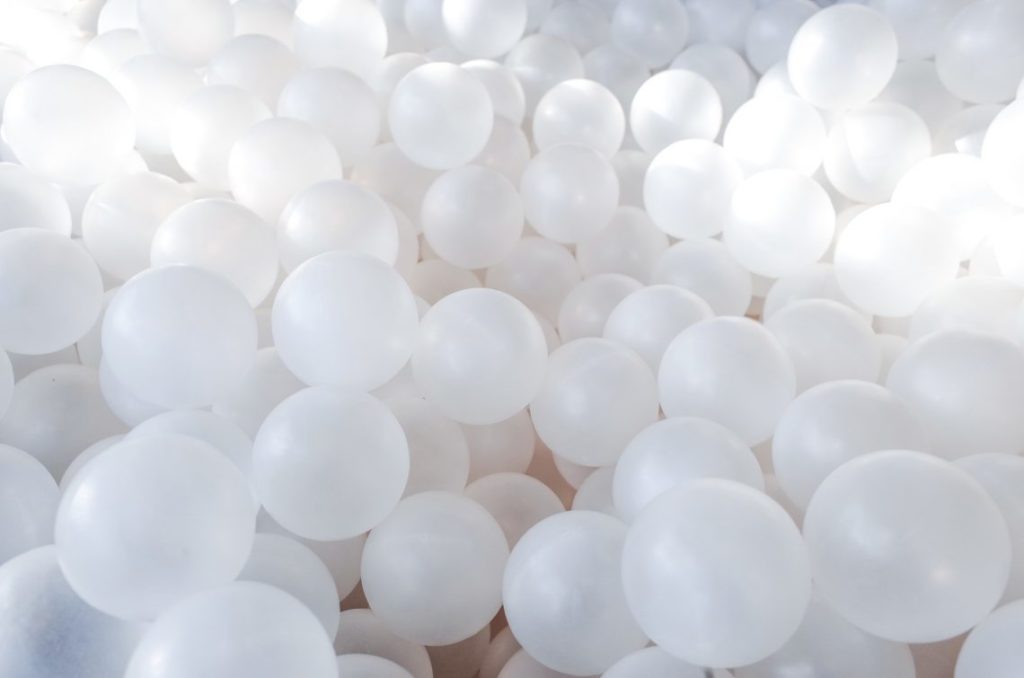Everyone aspires to distinguish out and deliver a strong message in the fast-paced world of social media. But, it’s simple to get lost in a sea of visual noise and end up looking like everyone else when pursuing more followers, likes, and shares. Your designs must have a sense of balance in order to be effective, and colour plays a significant role in this.
White is a classic and adaptable color choice for any design project due to its global appeal. It has the rare ability to accentuate key design compositional components by evoking a sense of openness and space. The color white can help you get the ideal minimalist style when creating a logo, website, or a picture for social media.
In order to help you use white effectively in your designs, we’ve put together this tutorial. See a special selection of images and videos that were inspired by it, then pick the ones that will grab your audience’s attention right away. Let’s investigate the universe of white!
See The Collections

The history and meaning of white
Throughout the beginning of human history, the colour white has held a significant place in culture and history. White was frequently employed in religious and spiritual rites in the past because it was thought to represent divinity, innocence, and purity. White was a colour associated with light, truth, and clarity in ancient Egyptian art, as well as the gods and goddesses in Greek culture. White, along with gold, was the colour of royalty and aristocracy in mediaeval Europe. It was also a symbol of riches and power. One of the explanations for the popularity of white wedding dresses is that in Christianity, the colour white was connected to the Virgin Mary and used to represent her purity.
A brighter, more opaque white that became a standard in modern art and design was made possible by the discovery of titanium dioxide at the turn of the 20th century, which revolutionised the manufacture of the colour. New materials and technologies were created as a result of this discovery, increasing its usability and affordability.
White not only connotes various cultural and historical associations but also light, clarity, and truth. It is used in design to establish contrast and highlight different aspects of an image. If it is combined with primary colours, it can give harmony and balance to the composition or produce a startling and unforgettable impression. White is frequently utilised to produce a simple, clean aesthetic that helps highlight the promoted item or message. It is a fantastic illustration of honesty and sincerity because it is also linked to simplicity and openness. White is still a common colour option in design today because of its simplicity and classic appeal.
Where on the colour wheel is white located?
Since white is regarded as a non-color, it is not represented on the conventional colour wheel. It is achromatic, hence it isn’t commonly regarded as a hue. White, in contrast to black, which absorbs all other hues, reflects and scatters all visible light. Because of this distinctive quality, it can produce negative space, which makes it possible for other colours and design components to shine out. White is an incredibly adaptable and effective colour that may improve any kind of design, whether it is used alone or in combination with other hues.

varieties and hues of white
Pure White
White may appear to be a simple colour, but there are actually many different colours and varieties of white. Pure white, sometimes known as “bright white” or “paper white,” is the most typical kind of white.
- HEX #FFFFFF
- RGB (255, 255, 255)
- CMYK 0%, 0%, 0%, 0%
Off-white
By blending a small quantity of another hue into the white basis, off-white is a softer and warmer version of white. Typical variants include grey, pink, or yellow. It can also be applied to graphic design and branding to produce a more understated but distinctive appearance.
- HEX #FAF9F6
- RGB 250, 249, 246
- CMYK 0%, 0%, 0.02%, 0.02%

Warm White
When a white base is combined with a small amount of yellow, warm whites like cream, ivory, and eggshell are produced. It also makes for a pleasant and welcoming environment in interior design.
Cream
- HEX #FFFDD0
- RGB 255, 253, 208
- CMYK 0%, 1%, 18%, 0%
Ivory
- HEX #FFFFF0
- RGB 255, 255, 240
- CMYK 0%, 0%, 6%, 0%
Eggshell
- HEX #F0EAD6
- RGB 240, 234, 214
- CMYK 0%, 3%, 11%, 6%

Cool White
A modest amount of blue or green is added to a white base to create cool white. These colours produce a light and airy effect that is particularly well-liked in branding and web design.
- HEX #F4FDFF
- RGB 244, 253, 255
- CMYK 4%, 1%, 0%, 0%
Antique White
A somewhat yellow or yellowish white tint known as “antique white” is frequently utilised in historical and rustic designs. It seems warm and inviting and complements other earthy hues like brown and green effectively.
- HEX #FAEBD7
- RGB 250, 235, 215
- CMYK 0%, 6%, 14%, 2%
How should white be used in design?
In colour schemes, white is frequently used as a neutral colour that is combined with other colours to produce a unified and well-balanced appearance. The following are some of the most popular colour schemes that incorporate white:
- Monochromatic. White is the lightest shade in this colour scheme, which uses many variations of the same hue.
- Analogous. This colour scheme makes use of hues that are near to one another on the colour wheel along with white as a contrast colour.
- Complementary. In order to achieve balance, this colour scheme pairs hues that are opposite one another on the colour wheel with white as a neutral.

Conclusion
White is a multipurpose hue that can add harmony, understatement, and refinement to any design. It’s an excellent choice for a variety of artistic endeavours because of its capacity to highlight and compliment other colours. White may be used in a variety of design styles, from minimalist and modern to conventional and classic, thanks to its adaptability. White may help you make your work stand out whether you use it as the main colour or as an accent.
See All Collection on Deposit Photos
Source: Deposit Photos





